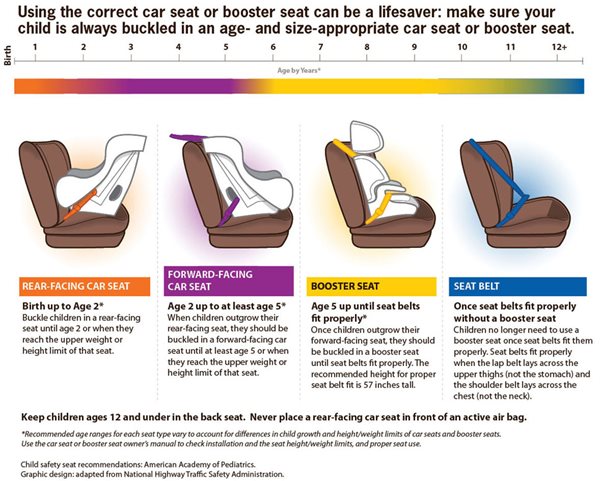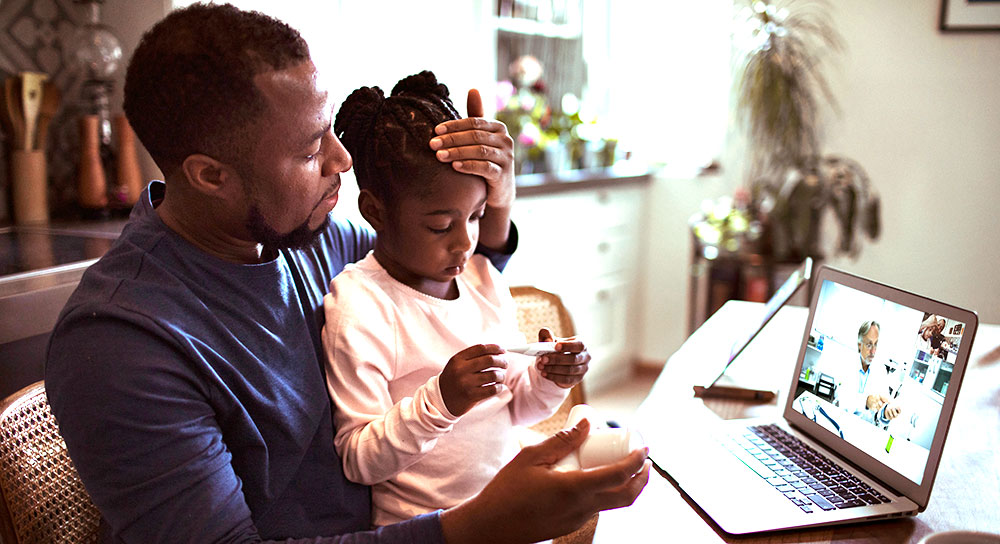
In one year, traumatic brain injuries (or TBI) accounted for nearly 2.2 million emergency department visits and 50,000 deaths.
Although common in sports, TBIs can happen anywhere to anyone.
From a bump on the head to a car accident, anything disrupts the normal function of the brain can cause a TBI. The severity of a TBI may range from “mild” (i.e., a brief change in mental status or consciousness) to “severe” (i.e., a long period of unconsciousness or amnesia.)
The biggest population at risk is anyone age 65 or older. Falls are the leading cause of TBI and 79% happen to the aging population.
Learn more about what a traumatic brain injury is and when you should seek medical help.
What can you do to help prevent TBI?
It’s important that you are taking precautions at every age. Mild traumatic brain injury affect your brain cells for a short time. But repetitive damage can have long-term effects. Take these steps to reduce the chances of a traumatic brain injury at any age.1. Use a child safety seat, booster seat, or seat belt (according to the child's height, weight, and age.)

2. Wear a seat belt every time you drive or ride in a motor vehicle.
3. Never drive while under the influence of alcohol or drugs.
4. Wear a helmet and make sure your children wear helmets when:
- Riding a bike, motorcycle, snowmobile, scooter, or all-terrain vehicle
- Playing a contact sport, such as football, ice hockey, or boxing
- Using in-line skates or riding a skateboard
- Batting and running bases in baseball or softball
- Riding a horse
- Skiing or snowboarding
5. Make living areas safer for seniors, by:
- Removing tripping hazards such as throw rugs and clutter in walkways;
- Using nonslip mats in the bathtub and on shower floors
- Installing grab bars next to the toilet and in the tub or shower
- Installing handrails on both sides of stairways
- Improving lighting throughout the home
- Maintaining regular physical activity to improve strength and balance. (Check with your doctor!)
6. Make living areas safer for children, by:
- Installing window guards to keep young children from falling out of open windows
- Using safety gates at the top and bottom of stairs when young children are around.
7. Only visit playgrounds with shock-absorbing surfaces, like hardwood mulch or sand
The CDC’s HEADS UP campaign wants to protect children and teens from concussion and other serious head and brain injuries — on and off the sports field.Learn more at HEADS UP’s Brain Injury Safety Tips and Prevention page






.jpg?ext=.jpg)